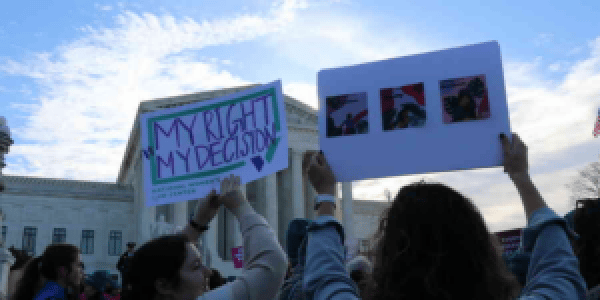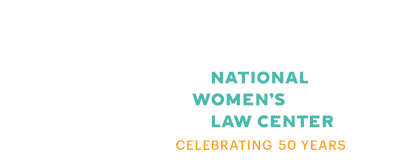Abortion rights, women of color, and LGBTQI+ people are under attack. Pledge to join us in fighting for gender justice.

The federal minimum cash wage for tipped workers has been frozen at $2.13 per hour for 30 years. And because women represent more than two-thirds of tipped workers nationwide, they, and the families who depend on them, pay the price when the tipped minimum wage falls short. Even before the COVID-19 pandemic and its impacts on the leisure and hospitality industry—including job loss, reduced hours, and lower tips—the nationwide poverty rate for women tipped workers was nearly than 2.5 times the rate for workers overall. And women’s concentration in tipped occupations and other low-wage jobs is an important factor contributing to persistent gender wage gaps.
A number of states, however, have set minimum cash wages for tipped workers above the federal level, and seven states require employers to pay tipped employees the regular minimum wage regardless of tips. Based on the latest available data, which reflect conditions prior to the pandemic, women working in these “One Fair Wage” states—where tipped workers must be paid the regular minimum wage before tips—face smaller gender wage gaps and are less likely to experience poverty than their counterparts in states with a $2.13 tipped minimum cash wage.
Overall, in One Fair Wage states, the wage gap for women working full time, year round is 33 percent smaller than in $2.13 states, and the poverty rate for working women is 15 percent lower. Among women working in tipped jobs, the poverty rate is 30 percent lower in One Fair Wage states than in $2.13 states—and for Black women in tipped jobs, the poverty rate is 34 percent lower.
Download the analysis: One Fair Wage: Women Fare Better in States with Equal Treatment for Tipped Workers.
Women Fare Better in States with Equal Treatment for Tipped Workers
Download Women in Tipped Occupations, State by State to view the tipped minimum cash wage, the wage gap, the share of tipped workers who are women and women of color, and poverty rates for women in tipped jobs in your state.
Women in Tipped Occupations, State by State

